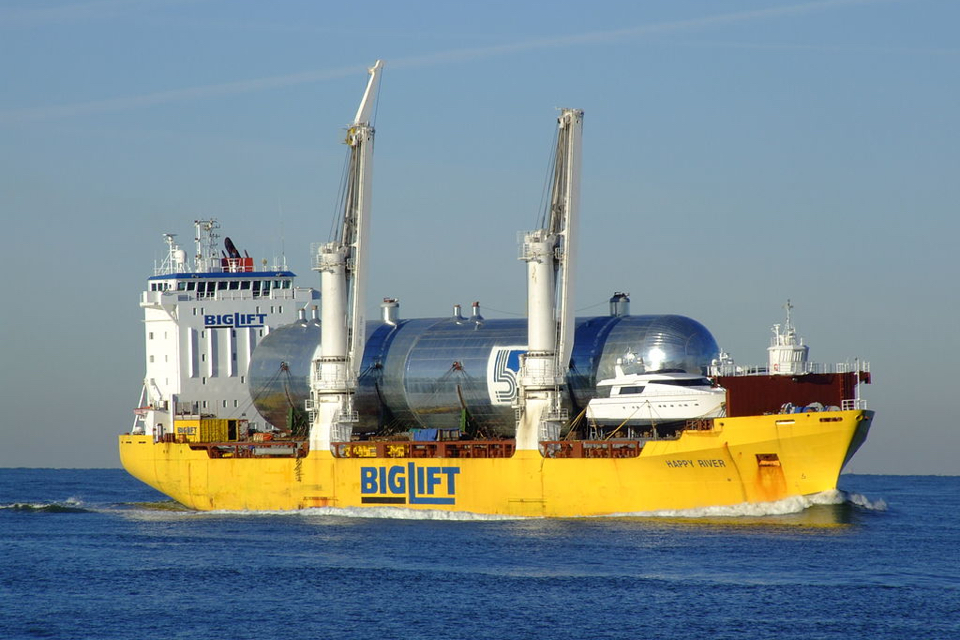The discussion about weather dependent lashing has continued both nationally and internationally, including within the IMO, for over 10 years. No consensus was ever reached about a so-called Unified Interpretation of the Code of Safe Practice for Cargo Securing (the CSS Code). Until 11 November, when the IMO Maritime Safety Committee accepted an amendment.
The CSS Code is the IMO guideline for cargo lashing principles for non-standardised cargoes, that is, everything except containers and bulk cargoes. The Amendment to the CSS Code was drafted by an International Workgroup under the umbrella of the IMO MSC and covered amongst others the principles of weather dependent lashing.
It has been accepted by the IMO Maritime Safety Committee (MSC), which concluded its 102th session on 11 November. It will now be distributed to the member states as Circular MSC.102/CIRC 1624 with the request for implementation.
What does this mean?
- Weather Dependent Lashing operations will be allowed for all vessels worldwide. A reduction to the acceleration forces in the CSS Code can be applied, based on the expected wave height (Hs) on the planned voyage.
- For voyages exceeding 72 hours, the 20-year wave (Hs) on the planned route must be used as input.
- For voyages that are shorter than 72 hours (or when shelter can be found within 72 hours), the actual forecasted wave height (Hs) can be used as input. This will be the preferred method for all short-sea trades, including RoRo operations.
- Seafastening designs can be done with a maximum allowable wave height and the resulting reduction in acceleration forces. This makes vessel routing a recognised method for deep-sea transports.
- Further reductions can be applied, based on calculations that are verified by full-scale measurements on board in irregular seas (the Siri Marine method for the RoRo market).
- Vessel motions must be monitored during all voyages where a reduction in the accelerations and lashing arrangements is applied.
The Amendment to the CSS Code also includes some other items:
- Heavy cargoes and towed transports are now also covered under the CSS Code.
- A new Appendix 4 is added with specific guidelines for wheel-based cargoes (RoRo trade).
- Friction coefficients may be increased for wheel based cargoes.








